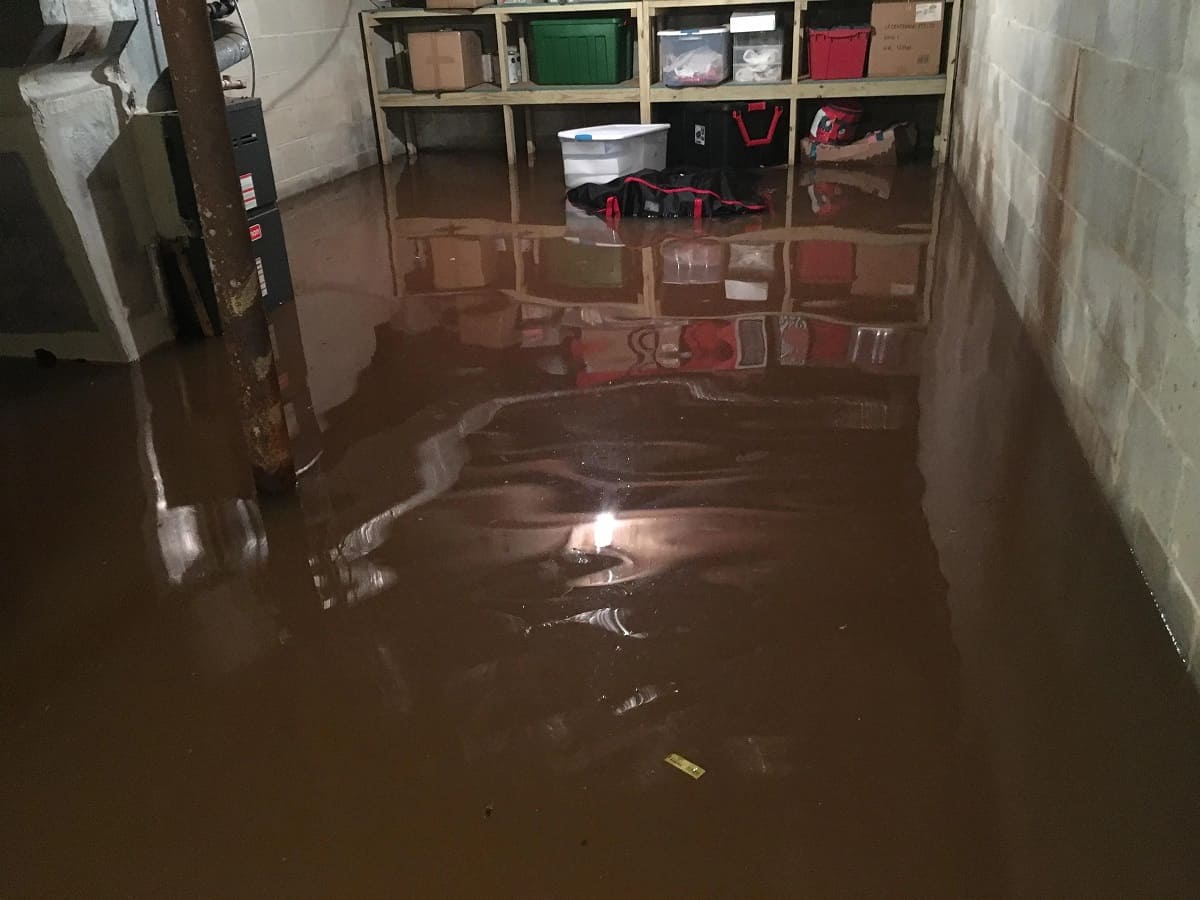

Articles
What To Do When Your Basement Is Flooded
Modified: December 7, 2023
Need help with a flooded basement? Find articles and helpful tips on who to call for assistance with basement floods.
(Many of the links in this article redirect to a specific reviewed product. Your purchase of these products through affiliate links helps to generate commission for Storables.com, at no extra cost. Learn more)
Introduction
Discovering a flooded basement can be a homeowner’s worst nightmare. Whether it’s due to heavy rainfall, a burst pipe, or a malfunctioning sump pump, a flooded basement can cause significant damage to your property and belongings. It can also lead to mold growth and structural issues if not addressed promptly. In such a situation, knowing who to call and what immediate steps to take can make all the difference in minimizing the damage and restoring your basement to its pre-flood condition.
In this article, we will provide you with a step-by-step guide on what to do when your basement is flooded and who to call for assistance. We will also discuss the importance of shutting off utilities, the role of professional restoration companies, documenting the damage for insurance purposes, and preventative measures to avoid future flooding. So, let’s dive in!
Key Takeaways:
- Immediate action is crucial when dealing with a flooded basement. Prioritize safety, remove water, and contact a professional restoration company promptly to minimize damage and restore your basement efficiently.
- Documenting the damage and working with your insurance provider are essential steps in recovering from a flooded basement. Thorough documentation and open communication will facilitate the claims process and ensure fair compensation.
Read more: Basement Is Flooded What Do I Do
Signs of a Flooded Basement
It’s important to be aware of the signs that indicate your basement may be flooded. By recognizing these signs early on, you can take immediate action to mitigate the damage. Here are some common signs to watch out for:
- Pooling water: Standing water or puddles in your basement are obvious signs of a flood. If you notice even a small amount of water, it’s crucial to address the issue promptly to prevent further damage.
- Damp or wet walls: Moisture on the walls, especially if it extends from the floor upwards, is a strong indicator of water intrusion. Pay attention to any discoloration, peeling paint, or visible moisture on the basement walls.
- Musty odor: A persistent musty smell in your basement can indicate the presence of mold or mildew, which thrive in damp environments. If you notice this odor, investigate further to determine if there is a water source causing the dampness.
- Water stains: Look for water stains on the walls or ceilings of your basement. These stains may appear as dark spots or discoloration and can indicate previous instances of flooding.
- Warped or buckling flooring: If the floor in your basement is no longer level or appears warped, it may be a sign of water damage. This can happen when water seeps through the floor and causes the materials to swell or distort.
- Unusual sounds: Pay attention to any unusual sounds coming from your basement, such as bubbling or gurgling noises. These can be indicative of a plumbing issue or water flow problem that needs immediate attention.
- Increase in humidity: If you notice a significant increase in the humidity levels in your basement, it could be a result of water infiltration. High humidity can contribute to mold growth and further damage to your property.
Keep in mind that these signs may vary depending on the cause of the flood. It’s important to remain vigilant and address any concerns promptly to prevent further damage to your basement and belongings.
Immediate Steps to Take
When you discover a flooded basement, it’s crucial to take immediate action to minimize the damage and ensure the safety of your home and family. Here are some steps you should take as soon as you notice water infiltration:
- Ensure personal safety: Safety should be your top priority. Before entering the flooded basement, make sure to turn off the electricity to prevent the risk of electrical shock. If the water level is high or if you are unsure about safety, it’s best to contact a professional for assistance.
- Determine the cause: Try to identify the source of the flooding. If it’s a burst pipe, turn off the water supply to stop the flow. If it’s due to heavy rainfall or external factors, focus on water removal and damage mitigation.
- Remove water: Start by removing as much standing water as possible. Use a wet/dry vacuum, buckets, or a sump pump if one is available. Be cautious when using electrical equipment around water and make sure to follow the manufacturer’s instructions.
- Protect valuables: If there are any valuable items in the basement, such as electronics or sentimental belongings, try to move them to a dry area. If they are already wet, consult a professional restoration company on how to salvage them.
- Open windows and ventilate: If weather conditions permit, open windows and doors to improve air circulation and aid in drying out the area. Use fans and dehumidifiers to further promote air movement and reduce humidity levels.
- Remove damaged materials: Dispose of any damaged and unsalvageable items such as wet carpets, furniture, and insulation. These items can become breeding grounds for mold and may pose health hazards.
- Clean and disinfect: Once the water is removed, thoroughly clean and disinfect the affected area. Use a mixture of warm water and mild detergent to clean surfaces, and consider using disinfectants to eliminate any potential bacteria or mold growth.
- Contact professionals: Depending on the extent of the damage, it’s advisable to contact a professional restoration company. They have the expertise and equipment to properly assess the situation, mitigate further damage, and restore your basement.
Remember, time is of the essence when dealing with a flooded basement. The faster you take these immediate steps, the better your chances of minimizing damage and recovering from the flood.
Shutting Off Utilities
When dealing with a flooded basement, it’s essential to shut off the utilities to minimize the risk of electrical hazards or further water damage. Here are the key utilities you should consider shutting off:
- Electricity: The first and most important step is to turn off the electricity to your basement. Water and electricity are a dangerous combination, so it’s crucial to reduce the risk of electrical shock. Locate the main electrical panel and switch off the circuit breaker that supplies power to the basement. If you’re unsure which breaker to switch off, it’s advisable to contact a licensed electrician for assistance.
- Gas: In the case of a severe flood or if you detect the smell of gas, it’s crucial to shut off the gas supply to your home. Locate the gas meter and turn the shut-off valve to the off position. If you’re unfamiliar with the process or have any concerns, contact your gas provider or a professional technician for assistance.
- Water: If the flooding is due to a burst pipe or plumbing issue, it’s important to shut off the water supply to prevent further water damage. Locate the main water shut-off valve, typically found near the water meter or where the main water line enters your home. Turn the valve clockwise to shut off the water supply. Once the necessary repairs are made, you can safely restore the water supply.
- Heating and Cooling Systems: Shutting off your heating and cooling systems can help prevent additional damage and reduce the risk of mold growth. Turn off the furnace, air conditioner, and any other HVAC systems located in the basement. If you’re unsure how to do this or have concerns, consult an HVAC professional.
- Appliances: If you have any appliances in your basement, such as a washer, dryer, or freezer, unplug them and disconnect them from their power source. This will prevent potential electrical issues and damage to the appliances.
Remember, safety is paramount when dealing with utilities and a flooded basement. If you’re unsure about any aspect of shutting off utilities, it’s best to seek professional assistance to ensure the process is carried out correctly.
Calling a Professional Restoration Company
When faced with a flooded basement, it’s crucial to contact a professional restoration company as soon as possible. These experts specialize in water damage restoration and have the knowledge and equipment to properly assess the damage and restore your basement. Here are the key reasons why you should consider calling a professional restoration company:
- Expert Assessment: Professional restoration companies have trained technicians who can assess the extent of the water damage. They will thoroughly inspect your basement, identify areas of concern, and create a comprehensive plan for restoration.
- Fast Response Time: Time is of the essence when dealing with water damage. Professional restoration companies understand the urgency and are equipped to respond quickly. Their prompt response can help minimize further damage and prevent the growth of mold and mildew.
- Specialized Equipment: Restoration companies have access to specialized equipment such as industrial-grade dehumidifiers, air movers, and moisture meters. This equipment is essential for drying out the affected area efficiently and preventing moisture-related issues.
- Mold Prevention: One of the biggest concerns with a flooded basement is the potential for mold growth. Professional restoration companies have the expertise to identify areas prone to mold growth and take necessary steps to prevent its development. They employ proper techniques for drying, disinfecting, and decontaminating the affected area to minimize the risk of mold and its associated health hazards.
- Comprehensive Restoration: From water extraction to drying, cleaning, and repairs, professional restoration companies offer a comprehensive range of services to restore your basement effectively. They have the knowledge and experience to handle different types of materials and surfaces, ensuring proper restoration of your property.
- Insurance Assistance: Dealing with insurance claims can be overwhelming, especially in the aftermath of a flood. Professional restoration companies often have experience working with insurance providers and can assist you in documenting the damage, providing necessary documentation, and ensuring a smooth claims process.
When choosing a restoration company, it’s important to do your research and select a reputable and certified provider. Look for companies with positive reviews, industry certifications, and experience in handling water damage restoration. Don’t hesitate to ask for references or proof of insurance before making a decision.
By calling a professional restoration company, you can have peace of mind knowing that experts are handling the restoration process, and your basement will be restored to its pre-flood condition in a safe and efficient manner.
If your basement is flooded, call a professional water damage restoration company immediately to assess the situation and begin the cleanup process to prevent further damage.
Read more: My Basement Floods When It Rains
Documenting the Damage
When dealing with a flooded basement, it’s crucial to document the damage for insurance purposes and ensure a smooth claims process. Proper documentation will help you substantiate your insurance claim and receive the appropriate compensation for the restoration and repair expenses. Here are some key steps to follow when documenting the damage:
- Take photographs and videos: Use your smartphone or camera to capture clear photographs and videos of the flooded basement. Document the extent of the water damage, including the affected areas, damaged belongings, and any visible signs of mold or structural issues. Make sure to capture both wide shots and close-ups for a comprehensive record.
- Make a detailed inventory: Create a detailed inventory of the damaged items in your basement. List out each item, its description, approximate value, and any relevant details such as purchase dates or receipts if available. This will help you accurately assess the losses and provide evidence for your insurance claim.
- Keep records of cleanup and restoration: Maintain a record of all the cleanup, repair, and restoration activities undertaken in your basement. This includes any professional services hired, receipts for equipment rentals or purchases, and invoices for repair work. These records will serve as evidence of the steps taken to mitigate the damage and restore the basement.
- Document communication: Keep a record of all communication related to the flood damage and restoration process. This includes conversations with your insurance provider, restoration company, contractors, and any other relevant parties. Note down the date, time, names of individuals involved, and a summary of the discussion or instructions provided.
- Include additional supporting documentation: If you have any previous inspection reports, maintenance records, or proof of upgrades or renovations done in the basement, include them in your documentation. This will provide a complete picture of the condition of your basement prior to the flood and help establish its pre-damage value.
- Consult with your insurance provider: Contact your insurance provider as soon as possible to report the flood damage and seek guidance on the documentation process. They may have specific requirements or forms to fill out, so it’s important to follow their instructions and provide all the requested information.
Remember to keep your documentation organized and easily accessible. Make digital copies of all physical documents and store them in a secure location, such as cloud storage or a password-protected external drive. Having a well-documented record of the damage will greatly facilitate your insurance claim process and increase the likelihood of a fair settlement.
Dealing with Insurance
When your basement is flooded, dealing with insurance can be a crucial step in recovering from the damage. Here are some important considerations to keep in mind when navigating the insurance process:
- Report the damage promptly: Contact your insurance company as soon as possible to report the flood damage. Most insurance policies have a specified time frame within which you need to report the incident, so be sure to notify them promptly to initiate the claims process.
- Understand your policy: Familiarize yourself with your insurance policy to understand the coverage and limits for water or flood damage. Review the terms, conditions, and exclusions to know what expenses are eligible for reimbursement. If you have any questions or need clarification, don’t hesitate to reach out to your insurance agent.
- Provide thorough documentation: Use the documentation you gathered of the damage to support your insurance claim. Provide your insurance company with photographs, videos, inventory lists, and any other relevant documentation to substantiate your losses. This will help ensure a smooth and efficient claim process.
- Work with your insurance adjuster: Your insurance company will assign an adjuster to evaluate the damage and determine the appropriate settlement. Cooperate and provide any additional information or documentation they may request. It’s advisable to maintain open communication with the adjuster throughout the process.
- Obtain multiple repair estimates: It’s a good practice to obtain multiple repair estimates from reputable contractors or restoration companies. This will help establish a fair and accurate estimate of the restoration costs and give you a basis for negotiations, if necessary.
- Keep records of expenses: Keep detailed records of all expenses related to the flood damage and restoration. This includes invoices, receipts, and any other documentation showing the costs incurred. These records will help establish the value of your claim and facilitate reimbursement.
- Appeal if necessary: If you believe that the insurance settlement offered is insufficient or if your claim is denied, you have the right to appeal the decision. Consult with a professional or seek legal advice to understand your options and proceed accordingly.
- Consider hiring a public adjuster: If you’re facing difficulties in navigating the insurance claim process, you may consider hiring a public adjuster. These professionals specialize in advocating for policyholders and can assist you in maximizing your claim settlement.
Remember to carefully review all documents and agreements before signing anything related to your insurance claim. If you have any doubts or concerns, seek advice from a legal professional or insurance expert.
Dealing with insurance can be complex and time-consuming, but staying organized, providing thorough documentation, and following the necessary steps will help streamline the process and ensure you receive the appropriate compensation for your flooded basement.
Preventing Future Basement Floods
After dealing with a flooded basement, it’s essential to take preventive measures to minimize the risk of future floods. By implementing proper safeguards and maintenance practices, you can protect your basement from potential water damage. Here are some key steps to prevent future basement floods:
- Maintain proper grading: Ensure that the ground outside your home slopes away from the foundation. This allows rainwater to drain away from your basement rather than pooling around the foundation walls. Regularly inspect and correct any areas where the grading may have eroded or become uneven.
- Install and maintain gutters and downspouts: Gutters and downspouts play a crucial role in directing rainwater away from your home. Clean your gutters regularly to prevent clogs and ensure they are securely attached. Position downspouts to discharge water a safe distance away from the foundation, ideally six feet or more.
- Invest in proper landscaping: Consider landscaping features that can help divert water away from your home. For example, use swales or small trenches to direct water flow, and plant trees and shrubs strategically to absorb excess moisture. Avoid planting large trees too close to your foundation, as their roots may cause damage over time.
- Seal foundation cracks: Inspect your foundation for any cracks or gaps and seal them properly to prevent water intrusion. Use waterproofing products, such as hydraulic cement or epoxy sealant, to fill and seal any cracks in your foundation walls or basement floor. This will help prevent water seepage during heavy rainfall or flooding.
- Install a sump pump: A sump pump is an effective tool for preventing basement flooding. It automatically pumps out water that accumulates in the sump pit, reducing the risk of water damage. Ensure that your sump pump is in good working condition, regularly test it, and consider installing a battery backup system in case of power outages.
- Inspect and maintain plumbing: Regularly inspect your plumbing system for leaks, cracked pipes, or other issues. Address any plumbing problems promptly to prevent water damage. Consider installing water leak detection devices and shut-off valves to mitigate the risk of pipe bursts or leaks.
- Install window well covers: If your basement has window wells, install window well covers to prevent water, debris, and pests from entering. Ensure that the covers are securely fastened and provide proper drainage to avoid water accumulation.
- Consider a backwater valve: Installing a backwater valve in your home’s sewer system can help prevent sewage backups during heavy rains. It allows wastewater to flow out of your home but prevents it from flowing back into your basement in the event of sewer system surges.
- Regular maintenance: Regularly inspect and maintain your basement, plumbing, and drainage systems. Clear debris from gutters and downspouts, remove any obstructions from drainage areas, and clean your sump pump as recommended by the manufacturer. Address any maintenance issues promptly to prevent potential water damage.
By implementing these preventive measures, you can greatly reduce the risk of future basement floods. However, it’s important to remember that no prevention method is foolproof, especially during extreme weather events. If you live in an area prone to heavy rainfall or flooding, consider additional measures such as installing a water alarm system or consulting with a professional for a comprehensive assessment of your home’s flood readiness.
Conclusion
Dealing with a flooded basement can be a stressful and overwhelming experience for any homeowner. However, by taking immediate action and following the necessary steps, you can minimize the damage and restore your basement to its pre-flood condition. Remember the key points discussed in this article:
First, be aware of the signs of a flooded basement, such as pooling water, damp walls, and musty odors. Identifying these signs early on can help you take immediate action.
When faced with a flooded basement, take immediate steps to ensure personal safety, determine the cause, remove water, protect valuables, and open windows for ventilation. This will help prevent further damage and promote drying.
Don’t forget to shut off utilities to reduce the risk of electrical hazards or further damage. Turn off electricity, gas, water, and any basement appliances to minimize risks.
Contacting a professional restoration company is crucial for assessing the damage, drying the area, and restoring your basement. These experts have the knowledge and equipment to handle the restoration process efficiently.
Documenting the damage is important for insurance purposes. Take photographs, videos, and create an inventory of damaged items. Maintain records of cleanup, restoration, and communication with insurance providers.
Speaking of insurance, contact your insurance company promptly to report the flood damage and understand the coverage and claims process. Provide thorough documentation and work with the adjuster to achieve a fair settlement.
To prevent future basement floods, maintain proper grading, install and maintain gutters and downspouts, seal foundation cracks, consider installing a sump pump, and regularly inspect and maintain plumbing and drainage systems.
In conclusion, while a flooded basement can be a challenging situation, knowing what steps to take and who to call can make a significant difference in the recovery process. By acting promptly, documenting the damage, working with professionals, and taking preventive measures, you can safeguard your basement and minimize the risk of future floods. Remember, safety and thoroughness are key to restoring your basement and protecting your home for years to come.
Frequently Asked Questions about What To Do When Your Basement Is Flooded
Was this page helpful?
At Storables.com, we guarantee accurate and reliable information. Our content, validated by Expert Board Contributors, is crafted following stringent Editorial Policies. We're committed to providing you with well-researched, expert-backed insights for all your informational needs.
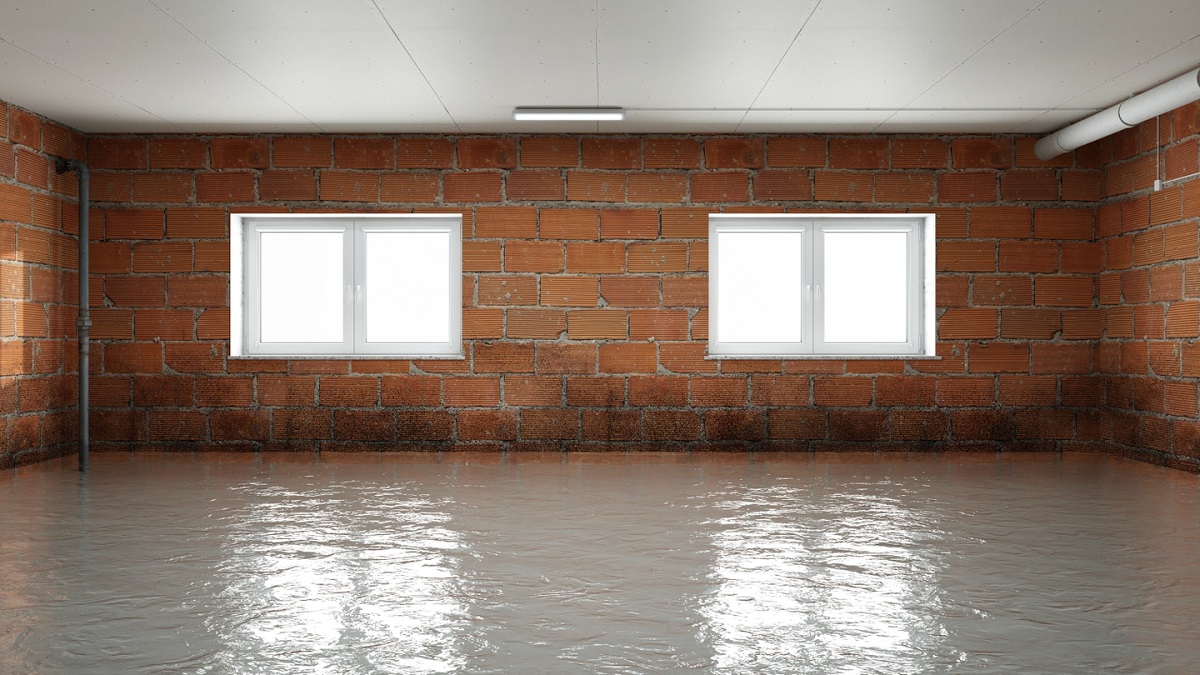
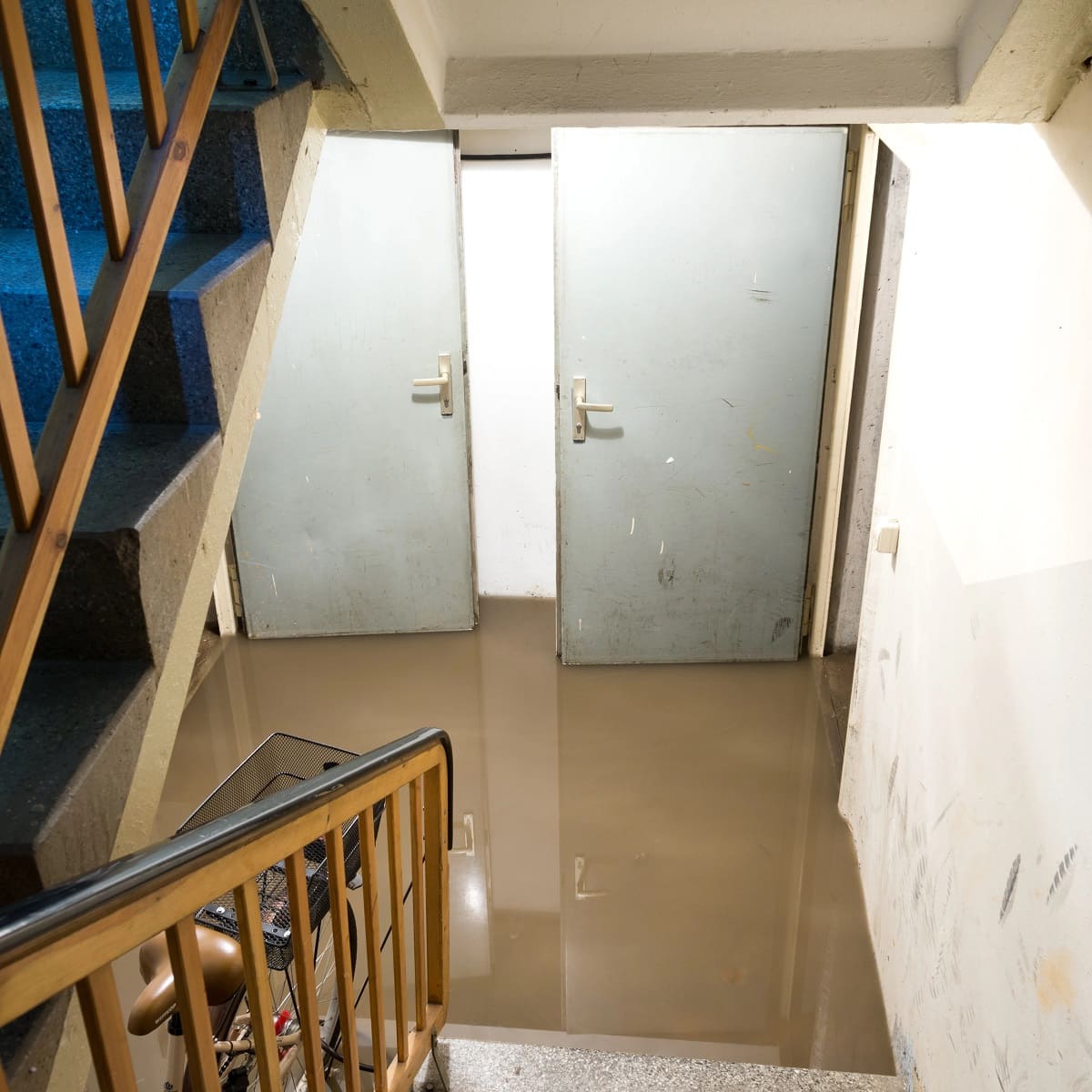
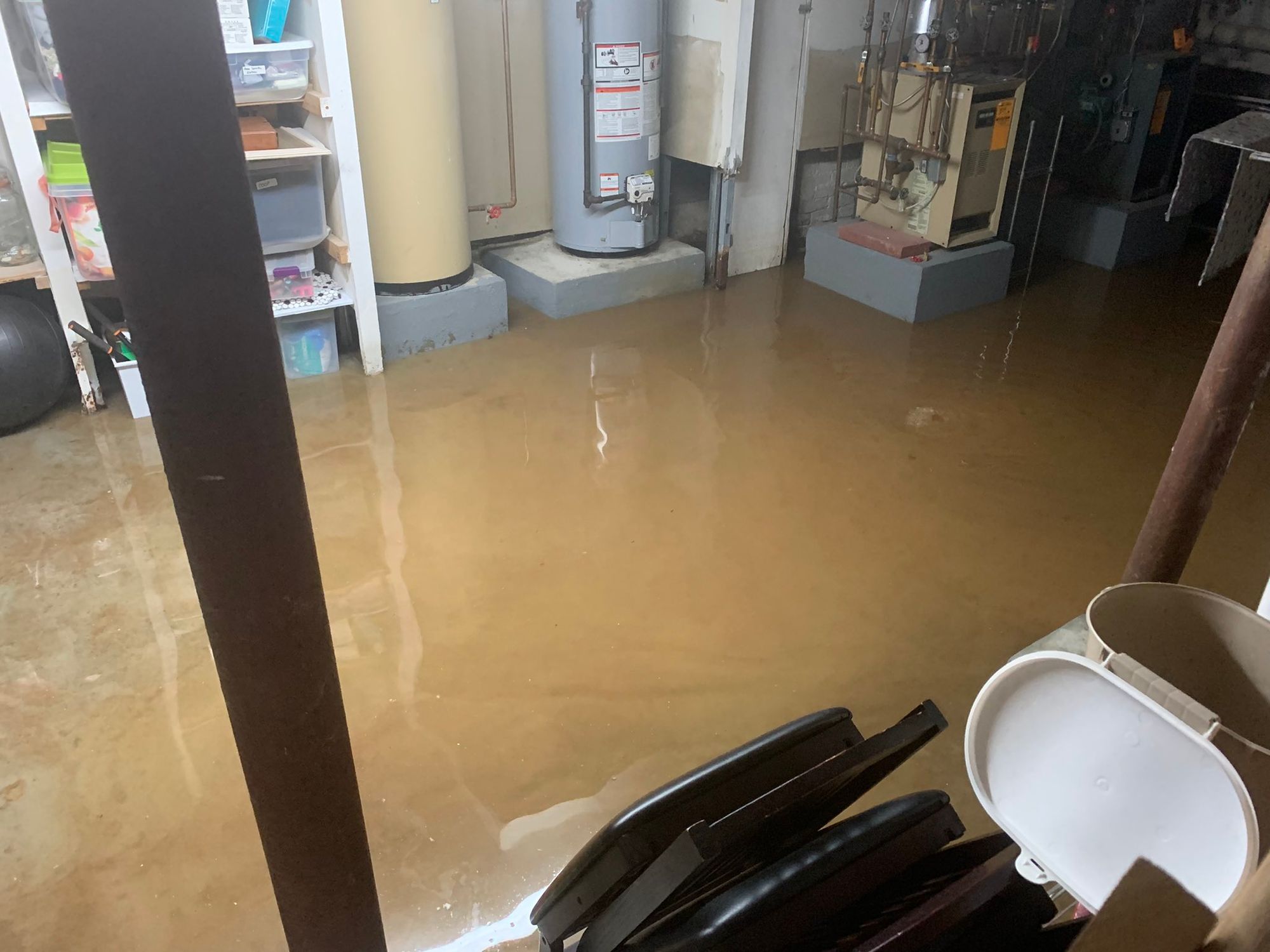
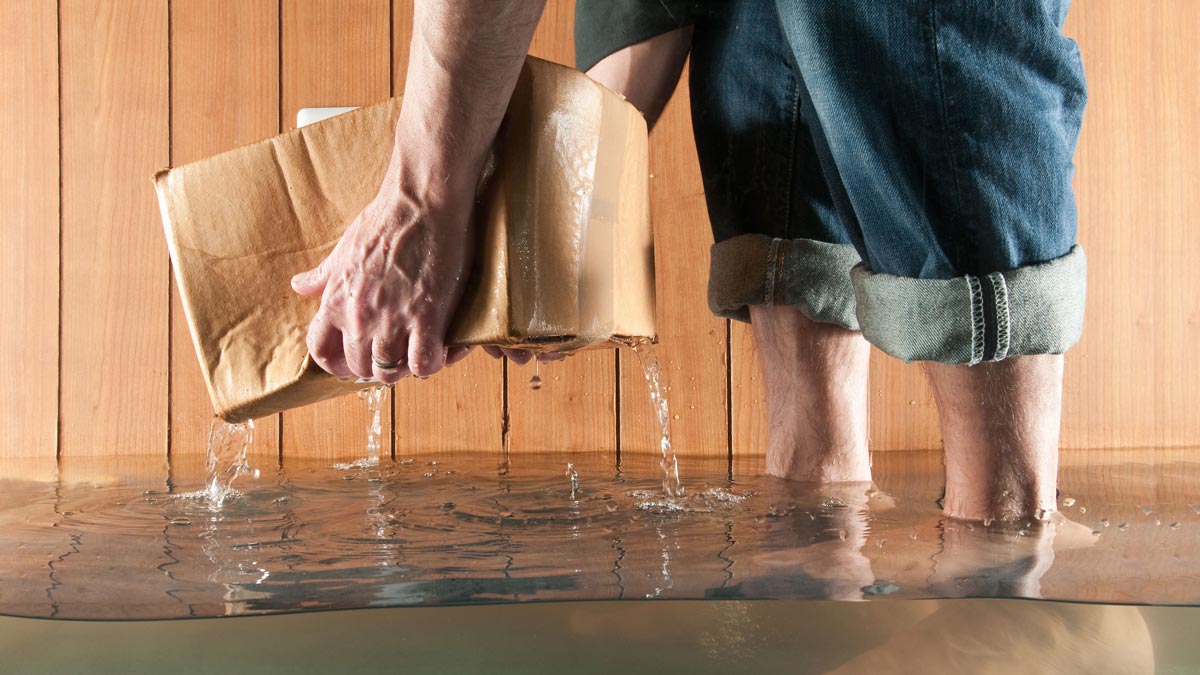
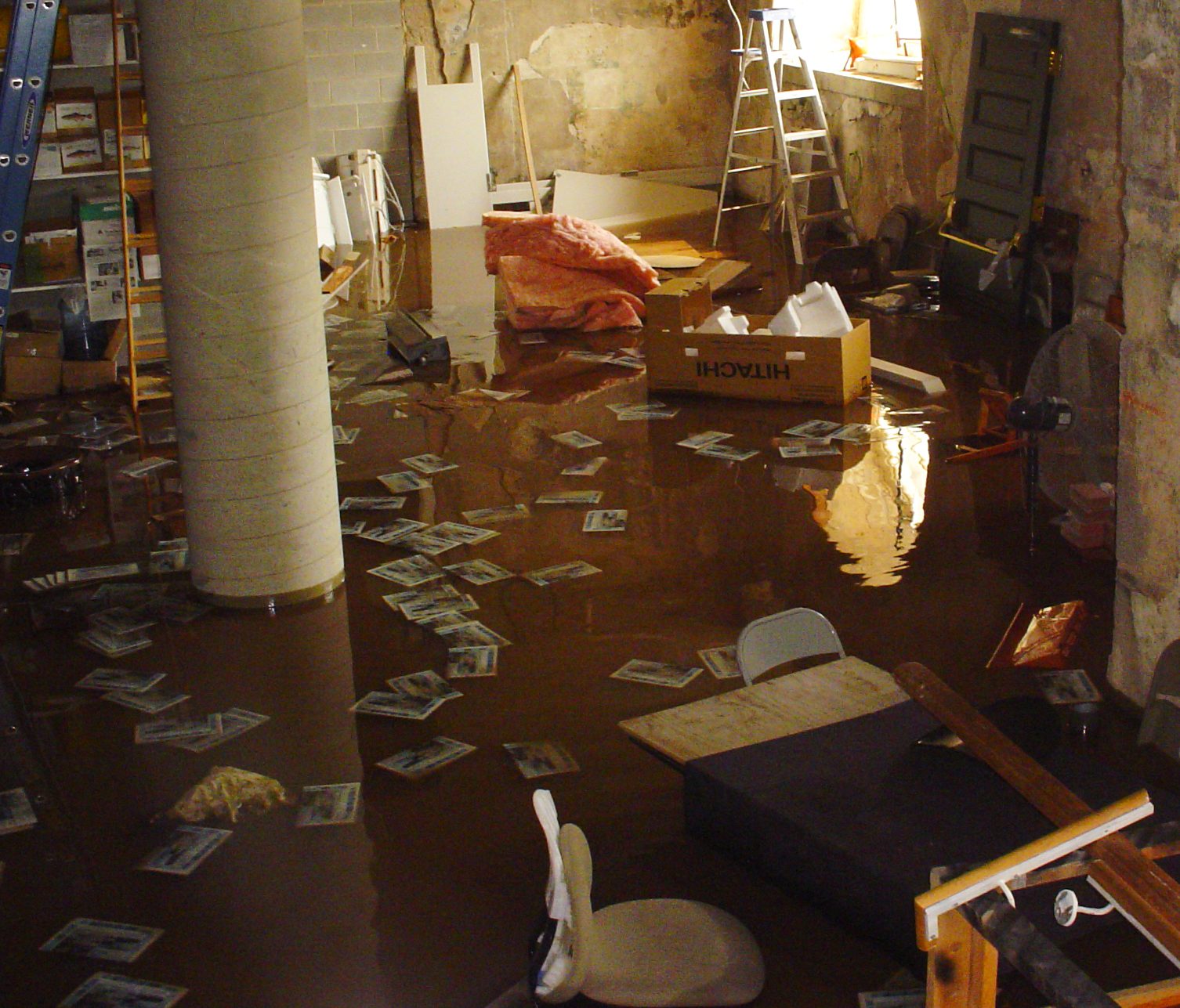

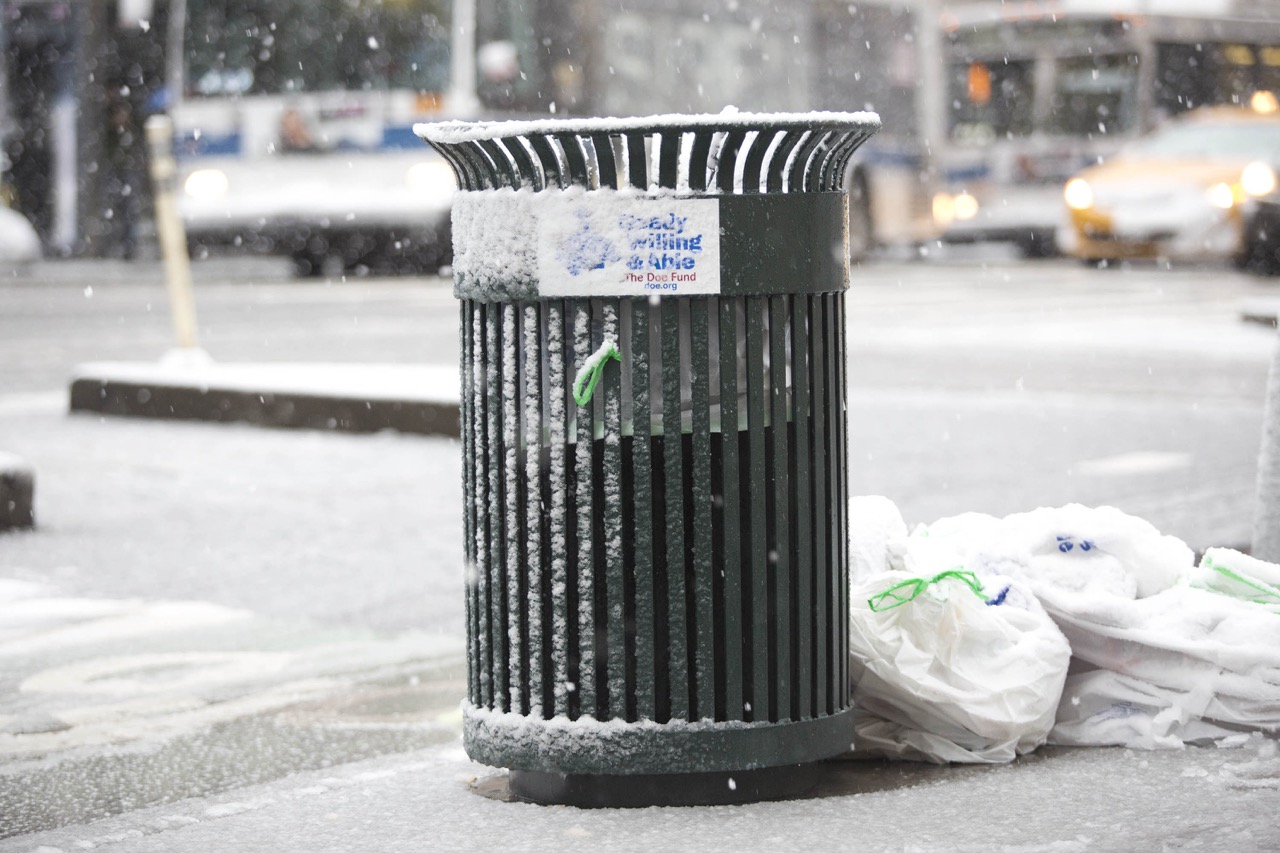

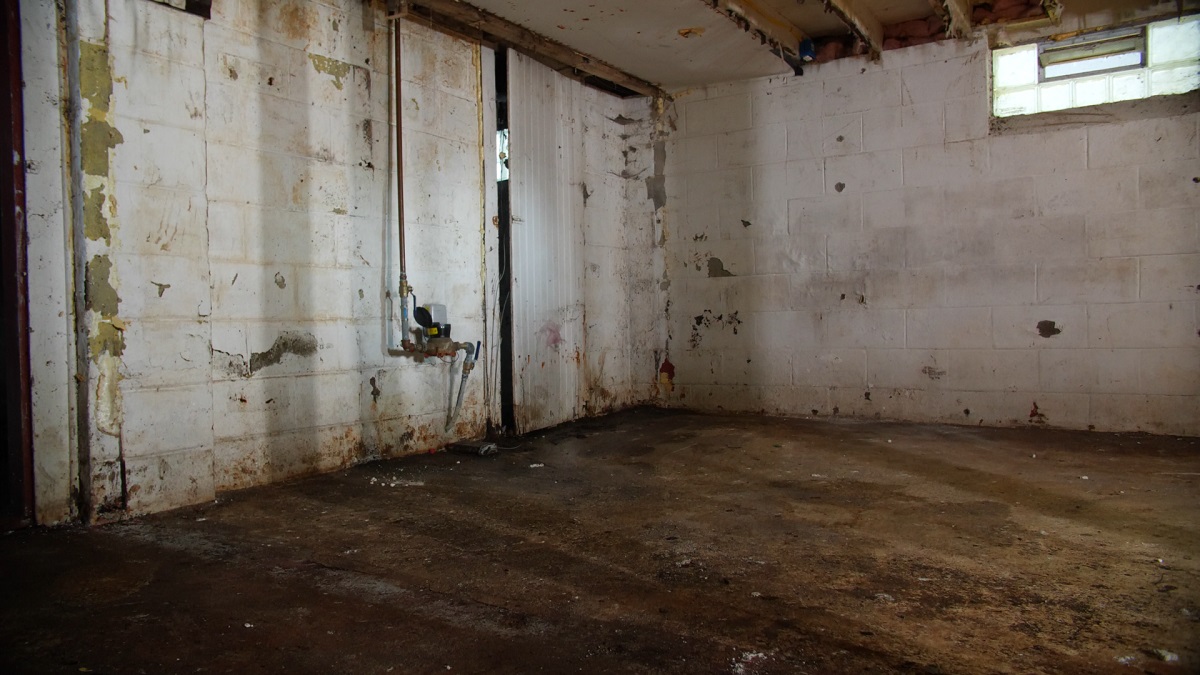

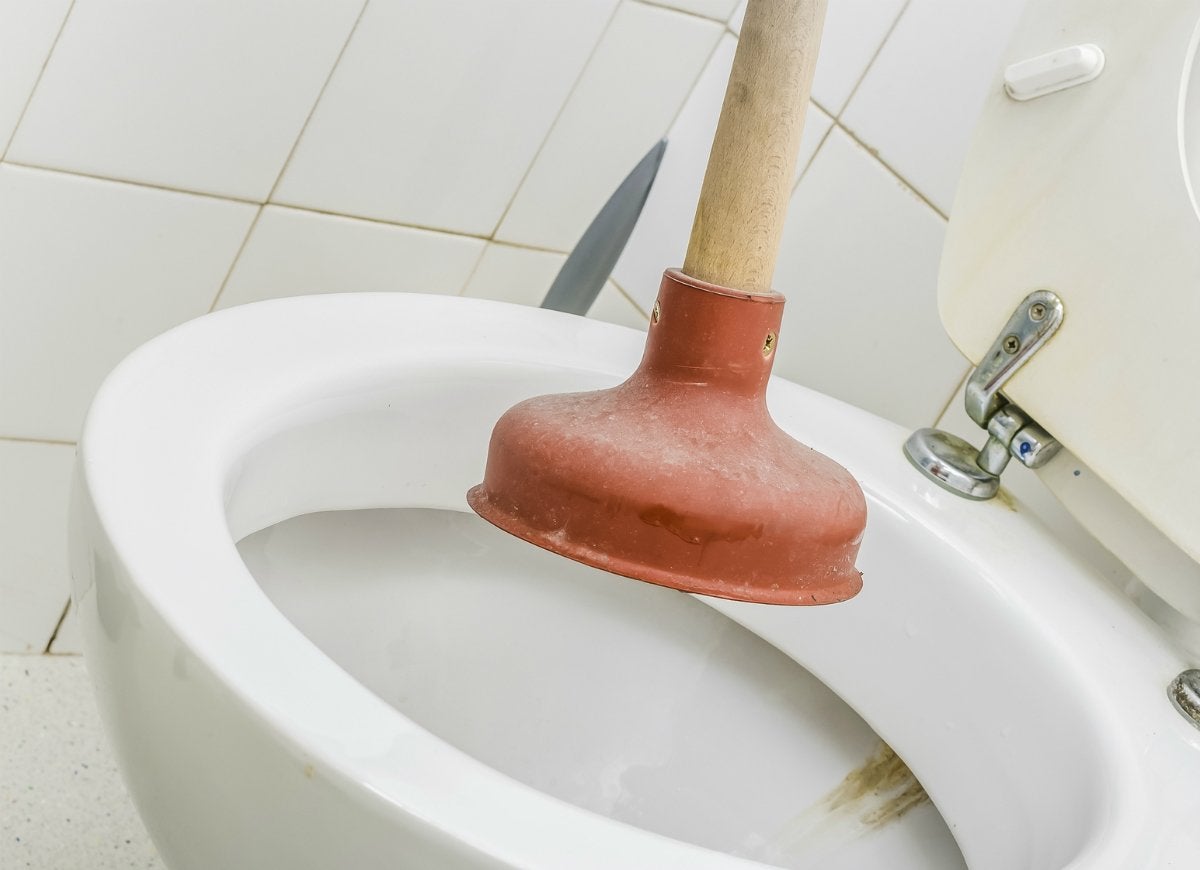
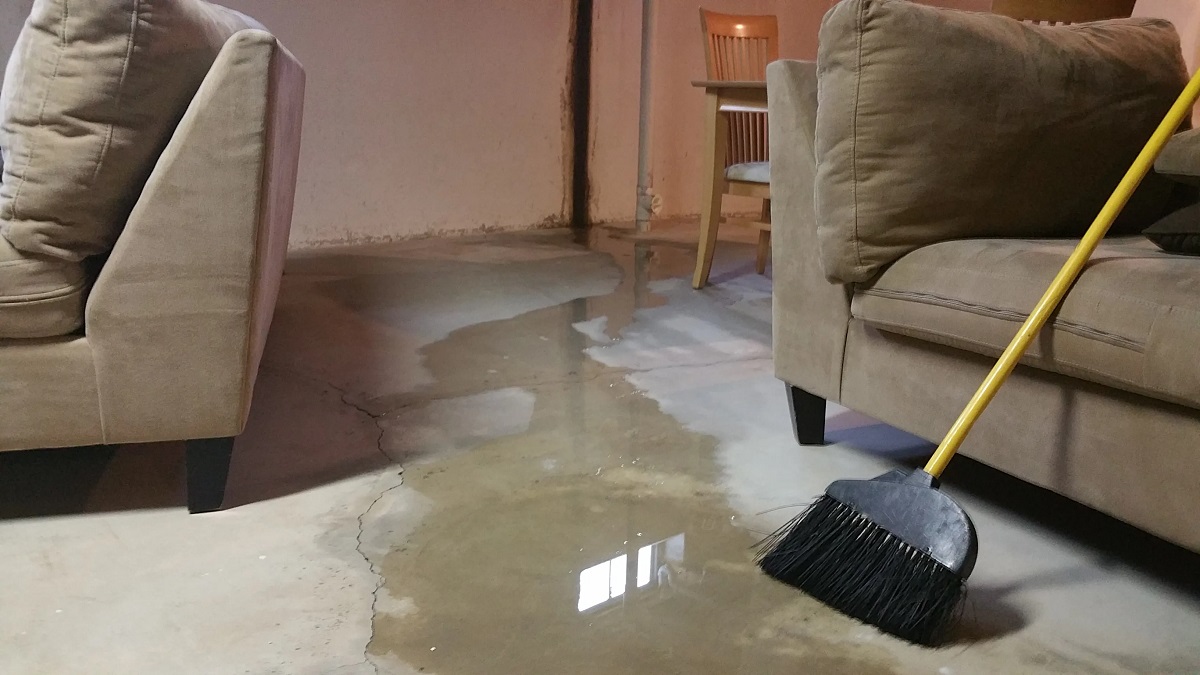
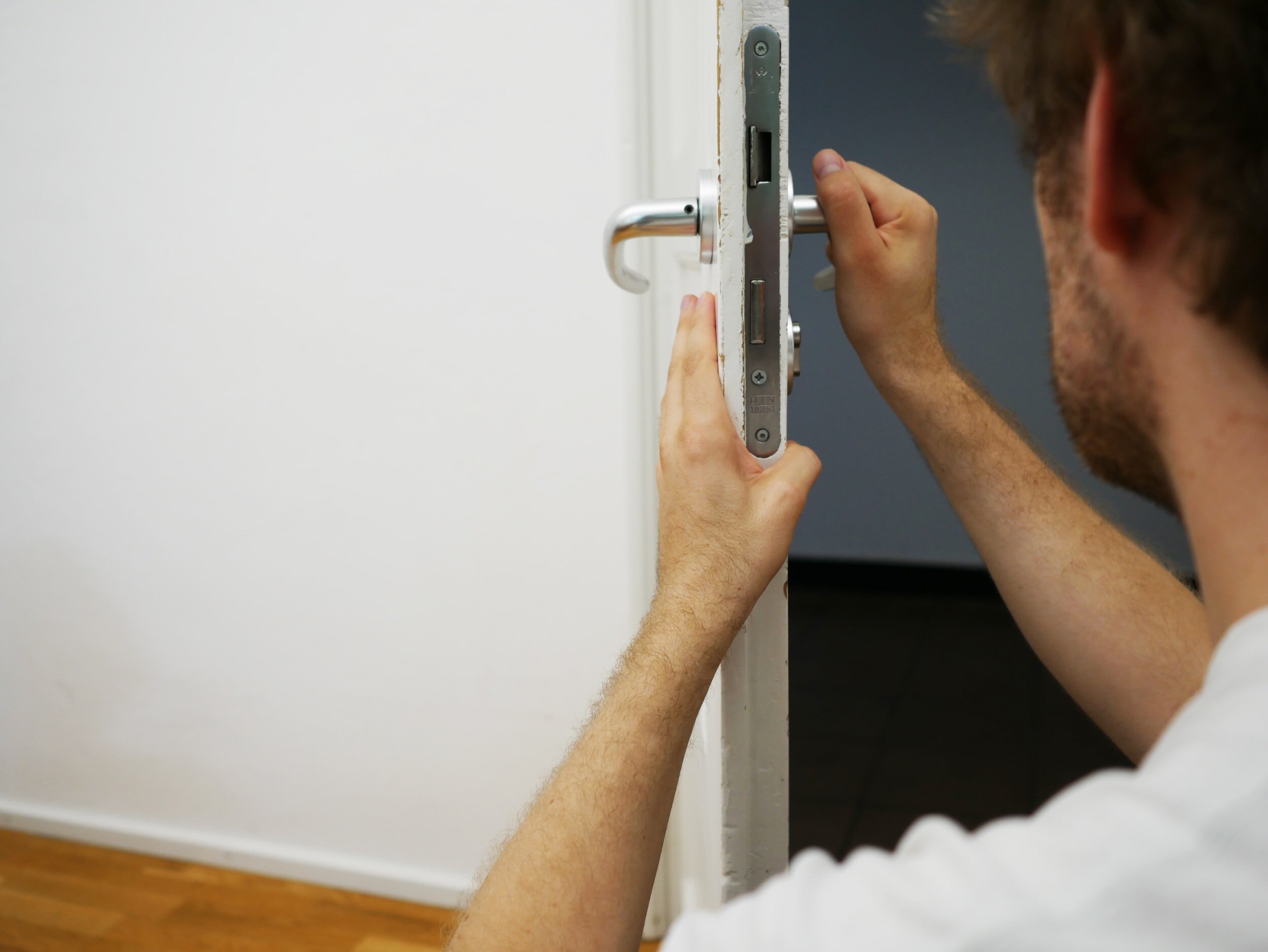
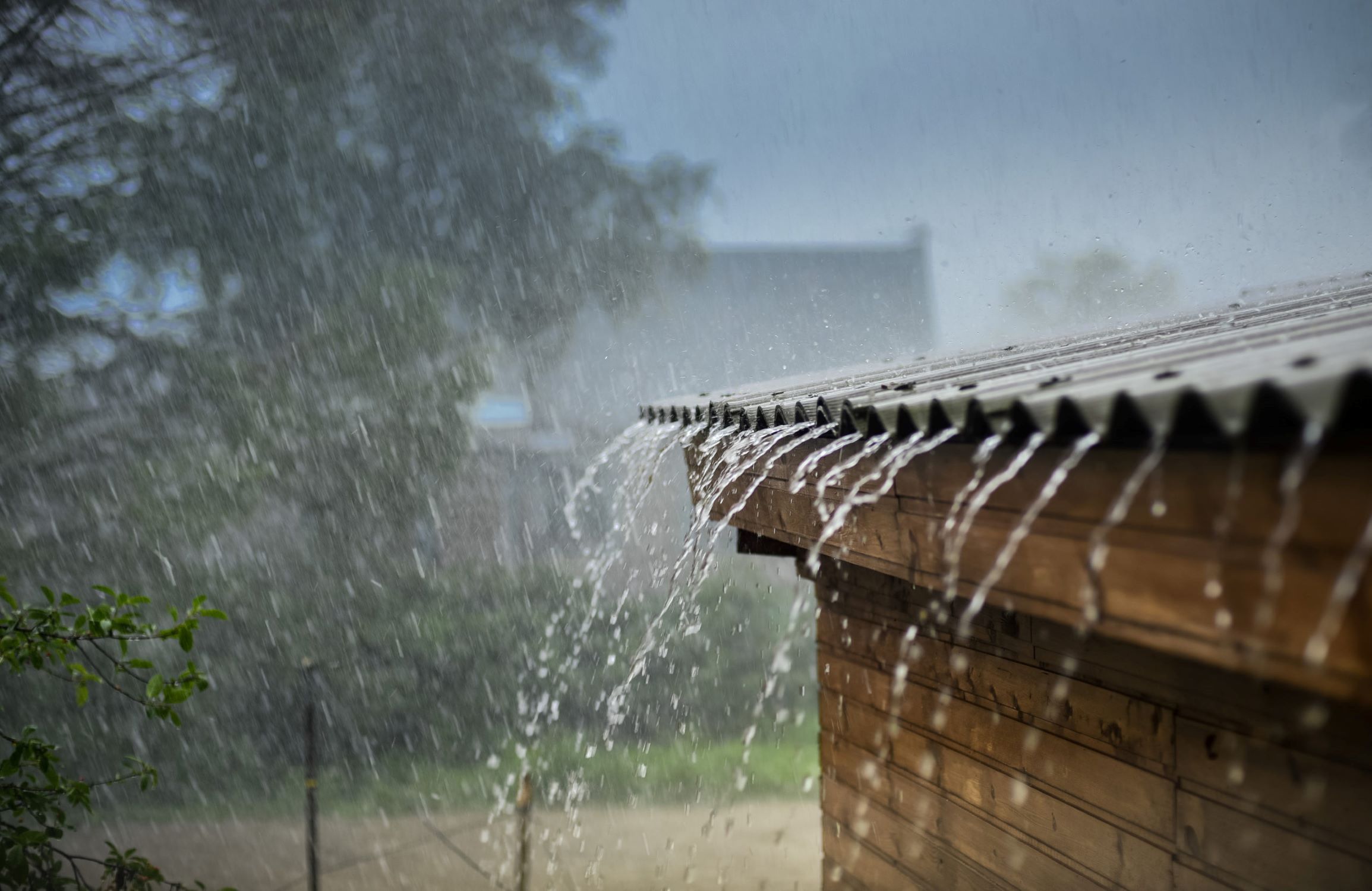

0 thoughts on “What To Do When Your Basement Is Flooded”